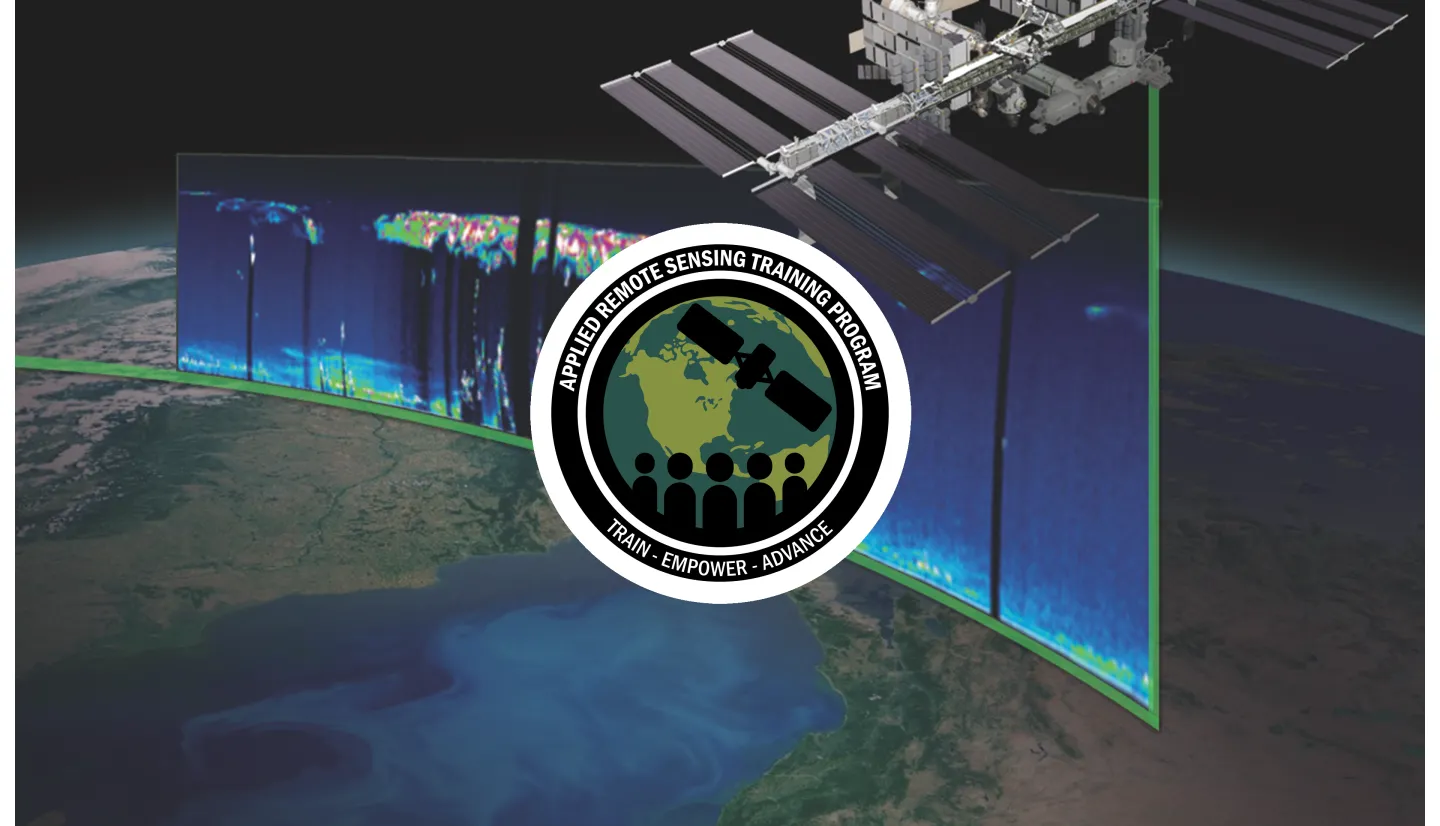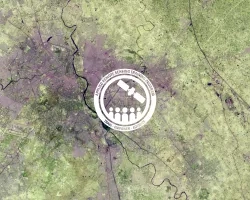Description
Active remote sensing observations, like those from LiDAR (Light Detection And Ranging), can provide information on the vertical structure of atmospheric trace gases, aerosols, and clouds, complementing passive remote sensors. Lidars transmit laser pulses and measure laser light scattered back to determine the altitude of gases, aerosols, and clouds with high accuracy. This training introduces data-users to the fundamentals of lidar remote sensing, highlighting strengths, limitations and differences when compared to passive remote sensors. Case studies will be used to demonstrate how to interpret lidar imagery from a variety of past and current spaceborne lidars, including the Cloud-Aerosol Lidar with Orthogonal Polarization (CALIOP), the Cloud-Aerosol Transport System (CATS), the Ice, Cloud, and Elevation Satellite, version 2 (ICESat-2), and the Earth Cloud Aerosol Radiation Experiment (EarthCARE), and provide instruction on how to acquire lidar data for analysis by the user.
By the end of this training, attendees will be able to:
Identify past and currently available lidar missions and their characteristics
Recognize the capabilities of lidar active remote sensing in measuring vertical profiles of aerosols and clouds for informing air quality applications
Interpret information within lidar curtains to discern cloud phase, aerosol type, and aerosol plume altitude for a given scene
Recognize the strengths and limitations of lidar observations
Find lidar images and data for a particular time period and location using NASA Earthdata and mission websites
- Air quality managers, air quality modelers and forecasters, commercial aviation, hazardous plume monitoring and forecasting (e.g., smoke, dust, volcanic ash), researchers, and academia.
- Two, 1.5-hour parts
- Each session will include a live Q&A session at the end.
- An identical session will be held from 10:00-11:30 (Session A) and 14:00-15:30 (Session B) EDT (UTC-4).
- Those who attend both live sessions and complete the homework will receive a certificate of completion.
ARSET Trainers: Ed Nowottnick
Use of Lidar in Atmospheric Sciences
How do lidars work?
Past and Existing Lidar Missions
Materials:
ARSET Trainers: Ed Nowottnick
Observations to Feature Type – Theory
Observations to Feature Type – Real World Example
Finding and Using Lidar Data
Materials:
- Presentation Slides
- Q&A Transcript
- Homework (Due June 25, 2025)



